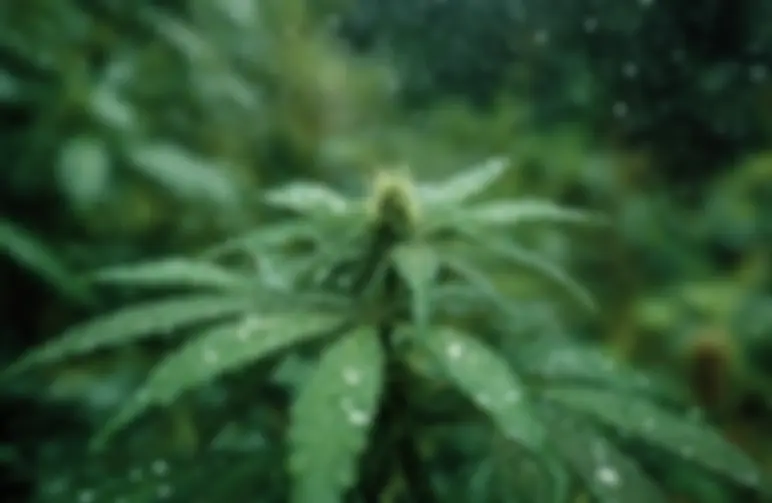If you’ve ever tried to grow cannabis in a sticky, humid climate, you know it’s not for the faint of heart. Moisture hangs in the air like a heavy quilt, and while your plants love the warmth, that same dampness can turn into a breeding ground for mould, mildew, and pests. If you’re focused on cultivating CBD-rich strains, whether for therapeutic use, relaxation without the high, or crafting your own salves and tinctures, the challenge doubles.
Here’s the good news: with the right strain selection and some gardener’s tricks, you can raise beautiful, resinous CBD plants even when humidity is constantly pressing down on your garden. Think of it like growing tomatoes in the Deep South. You don’t just plant any variety; you pick ones that can handle the climate’s quirks, then you prune, space, and stake them just right.
In this guide, you’ll find the best CBD cannabis strains suited for humid climates, why they thrive where others fail, and the practices that will keep your plants healthy until harvest.
Why Humidity Is Such a Challenge
Humidity is both friend and foe. On the one hand, cannabis plants need moisture in the air to avoid drying out. But excessive humidity, especially in flowering, creates conditions for powdery mildew, botrytis (bud rot), and fungal infections.
I still remember losing half a basil crop one summer in Georgia when a string of muggy days rolled through and I hadn’t thinned the plants enough. Basil, like cannabis, loves sun but hates being smothered by stagnant, wet air. Once mildew shows up, it’s a gardener’s heartbreak, you can’t reverse it, only try to contain it. The same goes for cannabis.
That’s why genetics matter. Some strains are naturally more resistant to mould and fungi thanks to their lineage, bud structure, and terpene profile. Choosing wisely gives you a huge head start before you even think about training or airflow.
Key Traits of CBD Strains for Humid Climates
- mould resistance: Strains bred for resilience are less likely to succumb to rot.
- Looser bud structure: Airy buds dry faster after rain or heavy dew compared to dense, golf-ball-like flowers.
- Short flowering times: The quicker your plant matures, the less time it spends vulnerable to late-season humidity spikes.
- Balanced genetics: Many CBD strains lean on sturdy indica roots, but a hybrid with sativa influence often holds up better in wet conditions.
The Best CBD Cannabis Strains for Humid Climates
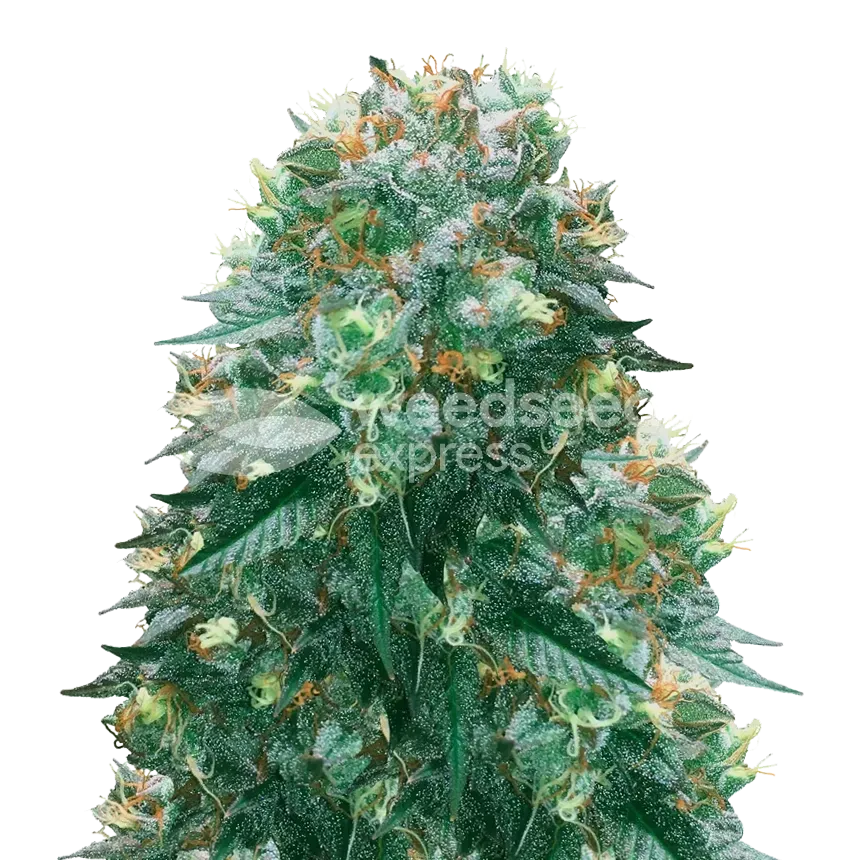
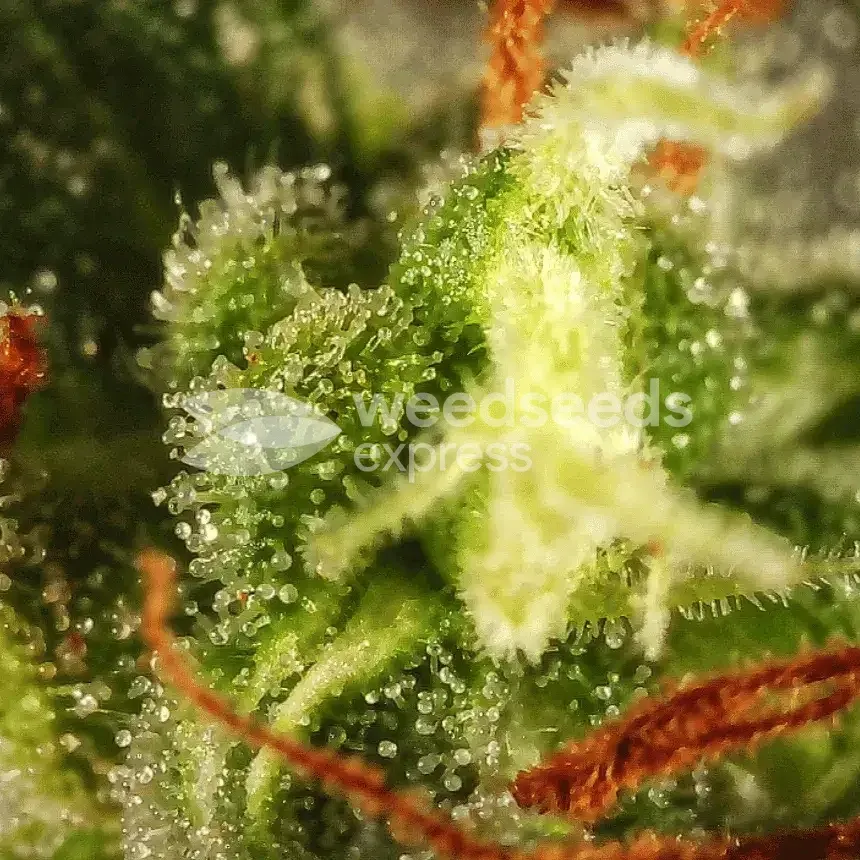
1. Harlequin
One of the most famous high-CBD strains, Harlequin has a reputation for reliability. With a CBD-to-THC ratio often around 5:2, it delivers clear-headed relief without couchlock. Its slightly sativa-leaning genetics help produce looser, airier buds that stand up to damp weather.
Why it works in humidity: Harlequin flowers in about 8–9 weeks, fast enough to finish before late-season rains hit. Its bud structure gives air circulation a chance to do its job.
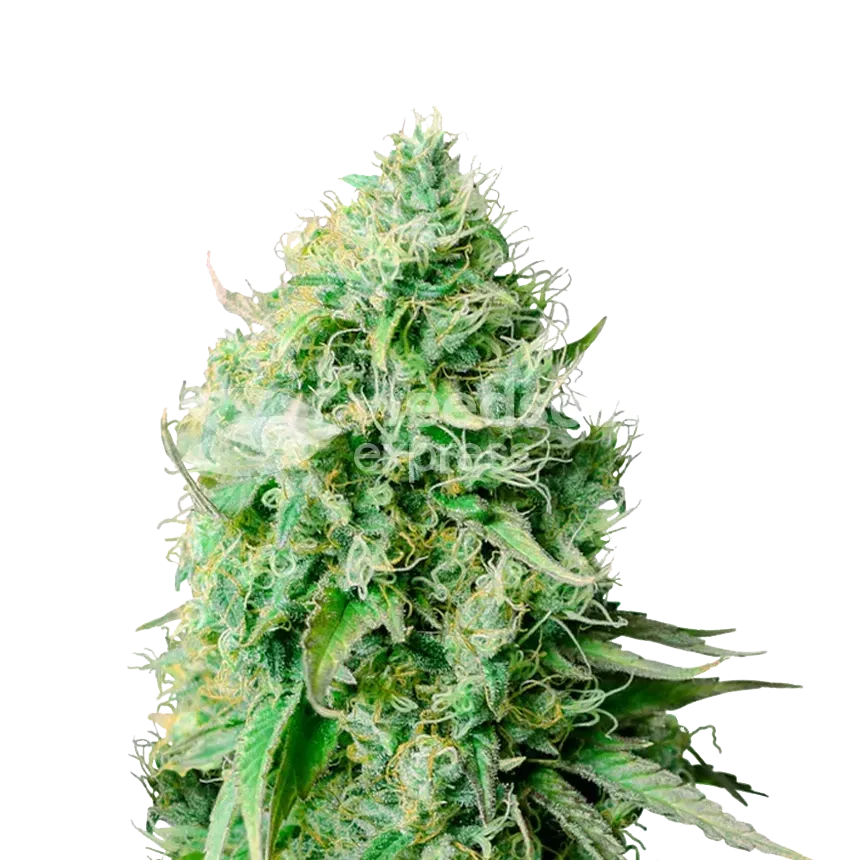
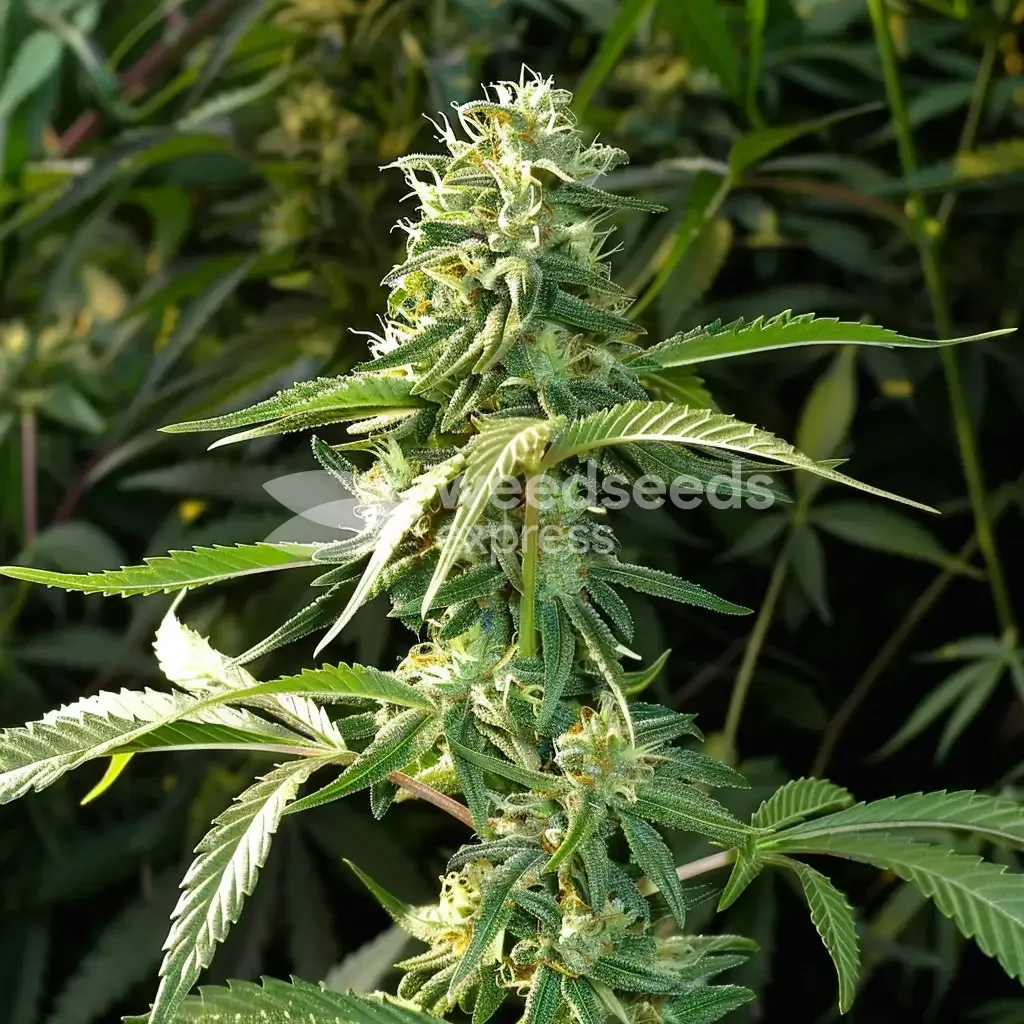
2. Cannatonic
A true classic in the CBD world, Cannatonic usually sits in the 1:1 THC:CBD range but often leans CBD-heavy. It’s been bred for medical use, so breeders put a lot of thought into stability and resilience.
Why it works in humidity: Cannatonic is known for its hardy growth and natural resistance to pests and mould. It’s a reliable performer in both greenhouse and outdoor grows.
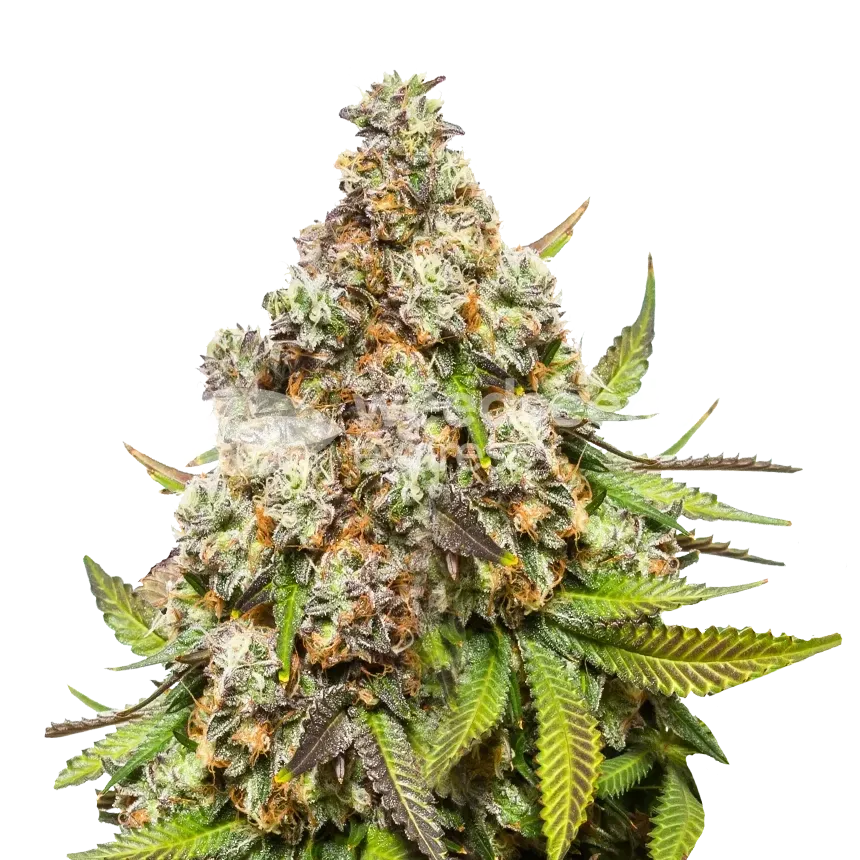
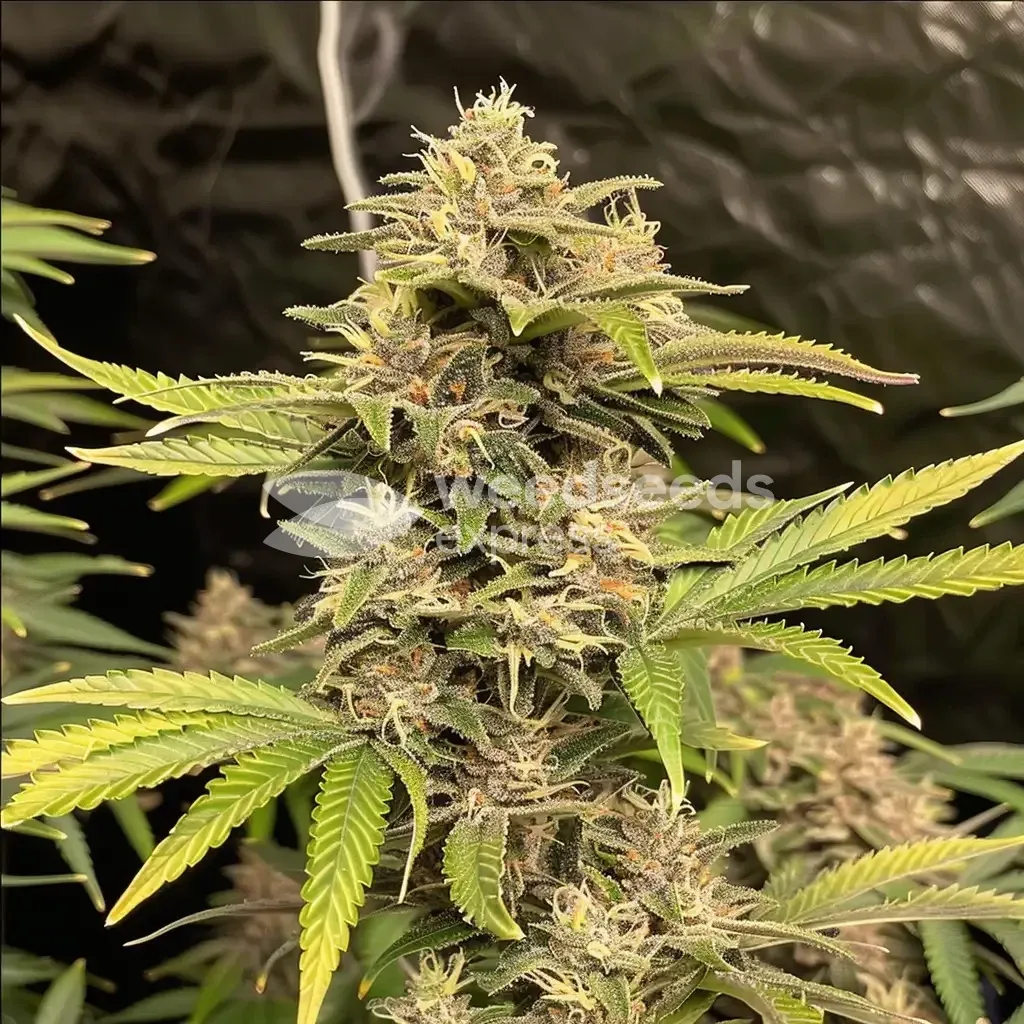
3. Pennywise
This indica-dominant CBD strain (a Harlequin × Jack the Ripper cross) offers a balanced 1:1 THC to CBD ratio. Gardeners love it for its short, bushy stature and reliable yields.
Why it works in humidity:Pennywise seeds produce multiple phenotypes, but all carry good fungal resistance. Its flowering time of 8–9 weeks keeps it ahead of the heaviest late-season moisture.
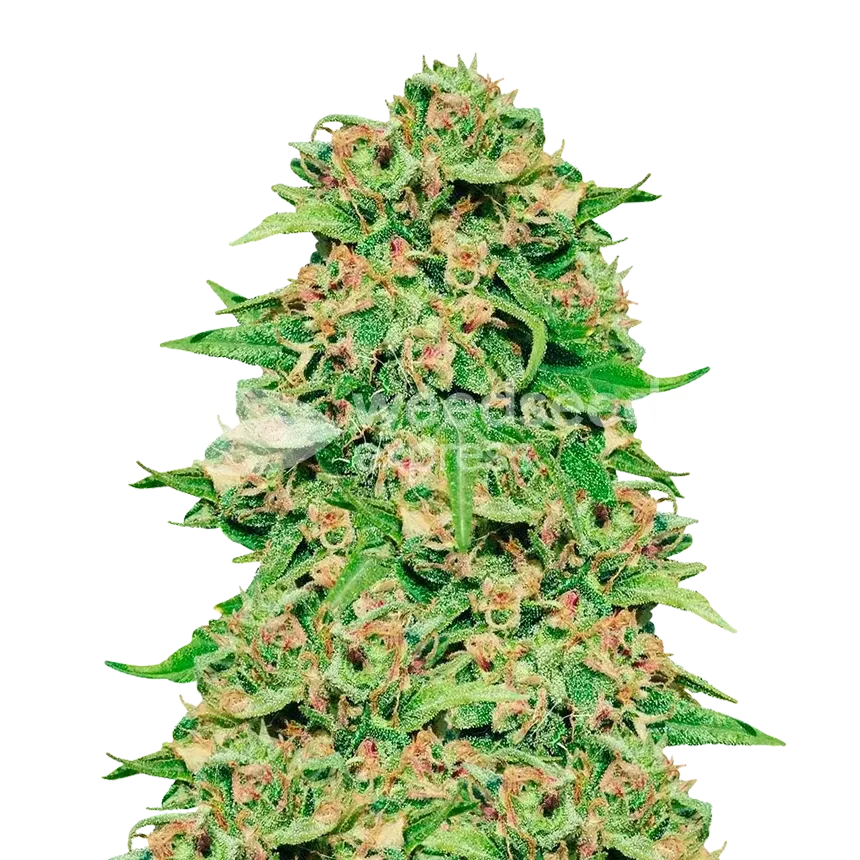
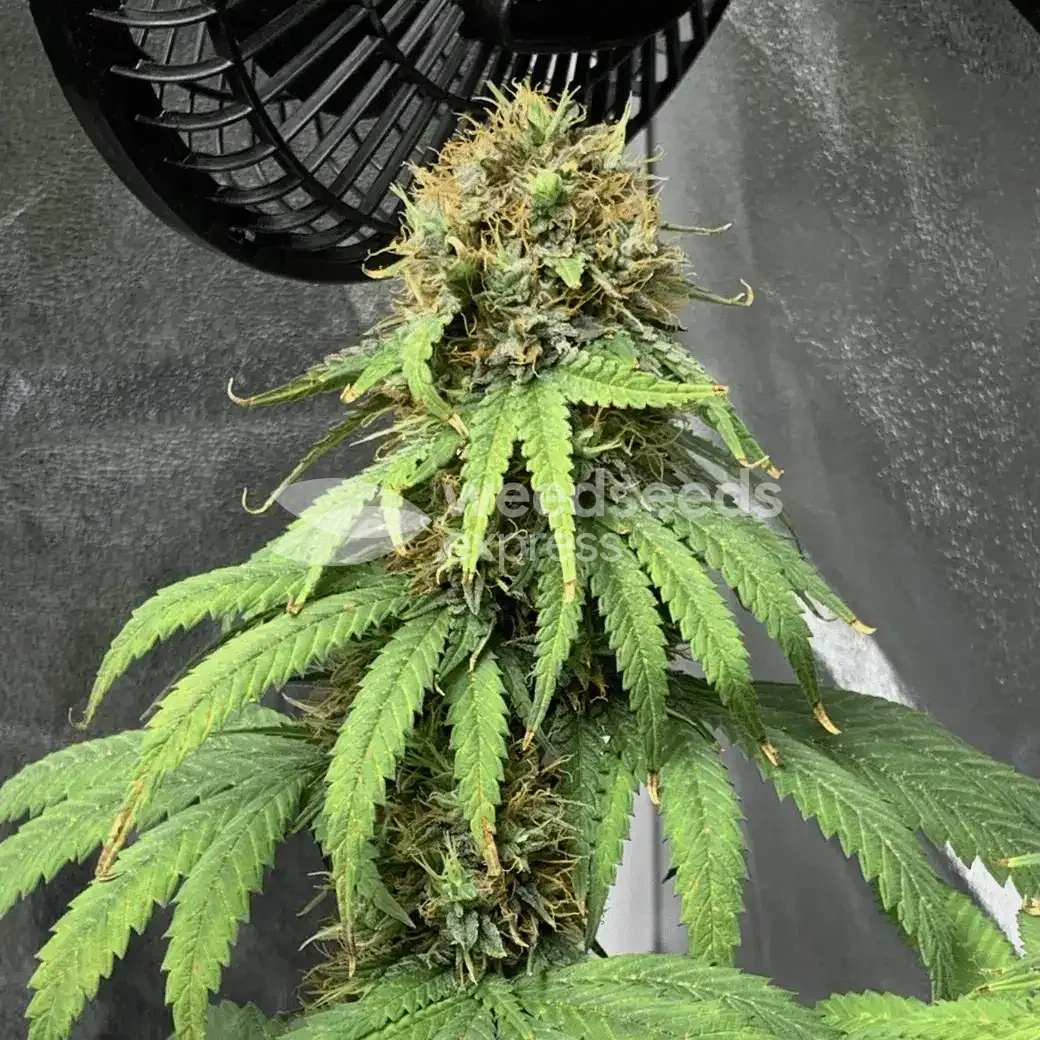
4. ACDC
Beloved by medical users, ACDC is virtually all CBD, with some phenotypes testing 15–20% CBD and under 1% THC. It’s gentle, non-intoxicating, and perfect for oils and tinctures.
Why it works in humidity: ACDC has a lanky, sativa-like frame that encourages airflow. While it needs a bit more training to manage, this growth style makes it less prone to trapped moisture inside its canopy.
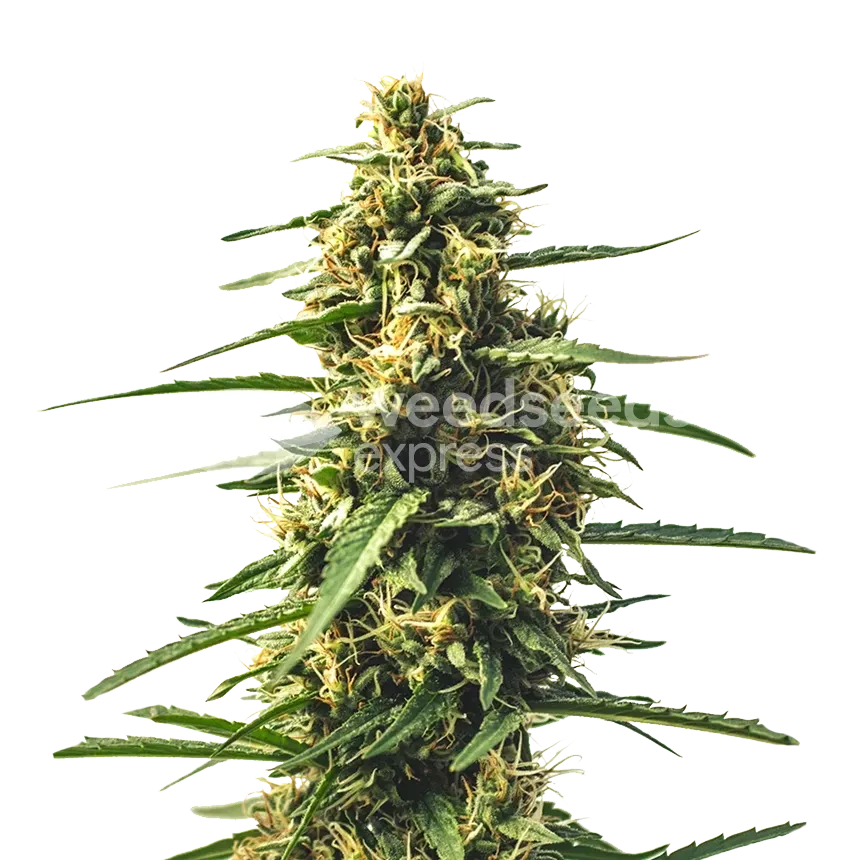
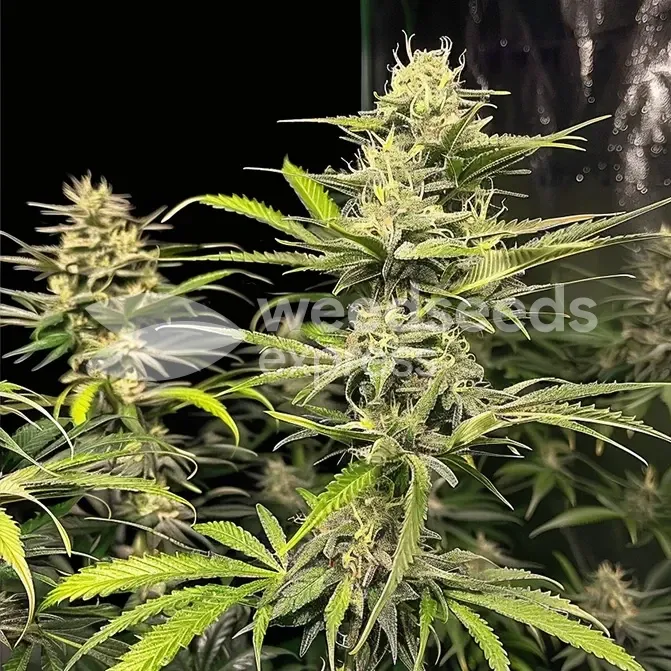
5. Sour Tsunami
One of the first strains bred specifically for high CBD, Sour Tsunami CBD seeds offer around 11–13% CBD with low THC. Its Sour Diesel heritage gives it a pungent edge, but also a resilience inherited from its parent strains.
Why it works in humidity: Sour Tsunami is noted for high resistance to powdery mildew, making it a strong candidate in muggy climates. It flowers in about 9 weeks, slightly longer than some, but worth it if you monitor airflow.
Cultivation Tips for Success in Humid Regions
- Prune for airflow: Thin leaves in the mid-canopy and remove interior “lollipop” growth. More airflow means less trapped moisture.
- Train horizontally: Low-stress training (LST) or SCROG spreads buds out, preventing dense clusters that hold humidity.
- Choose smart spacing: Resist the urge to crowd. Plants need room to breathe, especially outdoors.
- Dial in your medium: Avoid overly water-retentive soils; add perlite or coco for drainage. Raised beds or slightly mounded rows help after heavy rains.
- Water at dawn: Morning irrigation lets foliage dry through the day; avoid nighttime leaf wetness.
- Use airflow aids: Outdoors, strategic trellising and prevailing-wind alignment help. Indoors, combine oscillating fans with adequate extraction and, if needed, a dehumidifier.
- Harvest on time: Don’t push your plants too long chasing extra yield. Once trichomes are ready, harvest before humidity ruins your buds.
Indoor vs. Outdoor in Humid Climates
Indoor: You control temperature, humidity, and airflow, which dramatically reduces mould risk. Keep veg at 60–70% RH and flowering at 45–55% RH, dropping to 40–45% RH in the final two weeks. Ensure strong air exchange and canopy movement.
Outdoor/Greenhouse: Choose a site with good morning sun and natural wind. Space generously, prune early and often, and consider a simple hoop house with roll-up sides for rain protection and extra ventilation.
Why CBD Strains Are Worth the Effort
Growing CBD strains in humidity takes vigilance, but the payoff is rich. CBD-rich cannabis can offer soothing, functional relief for many without the intense psychoactivity of high-THC varieties. For home growers, that means the satisfaction of raising plants that genuinely serve daily well-being, much like harvesting a clean crop of heirloom tomatoes after a stormy season. It’s deeply rewarding to see resilient genetics and sound gardening practice come together.
FAQs: mould-Resistant CBD Strains & Humid-Climate Growing
1) Which CBD strain has the best mould resistance?
Sour Tsunami and Pennywise are standouts, with Harlequin close behind. All three combine good structure with reasonable flowering times.
2) How can I prevent bud rot in high humidity?
Prune for airflow, train to spread colas, avoid overcrowding, water at dawn, and keep air moving. If indoors, use a dehumidifier and maintain proper RH through late flower.
3) Do CBD strains yield less than THC strains in muggy climates?
Not necessarily. Dense, ultra-compact THC cultivars often suffer more in humidity. Many CBD strains are bred for stability and can equal or exceed yields when managed for airflow.
4) What’s the best harvest window in humid regions?
As soon as trichomes turn mostly milky with a touch of amber, harvest. Don’t risk an extra week if rain or heavy dew is forecast.
5) Is growing indoors the safest bet for CBD in humid areas?
Yes, if you have climate control. Indoors lets you set RH targets and airflow precisely. Outdoors can still excel with the right site, spacing, pruning, and resilient genetics.
Final Thought: If you garden in a humid place, don’t let the weather scare you off from CBD strains. With smart strain selection and mindful growing practices, you’ll outsmart the climate and end up with some of the healthiest, most rewarding cannabis you’ve ever grown.
